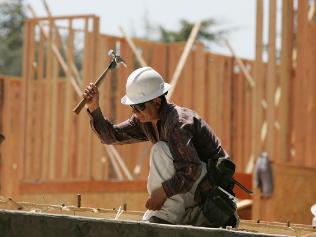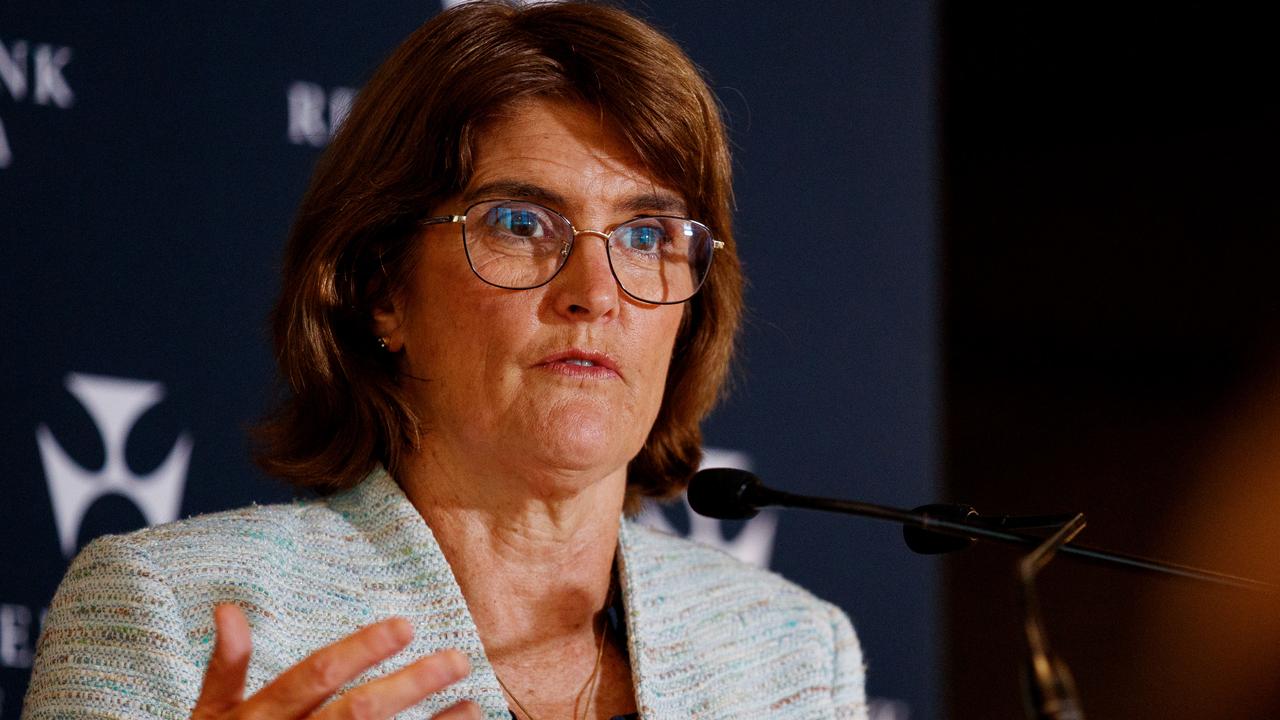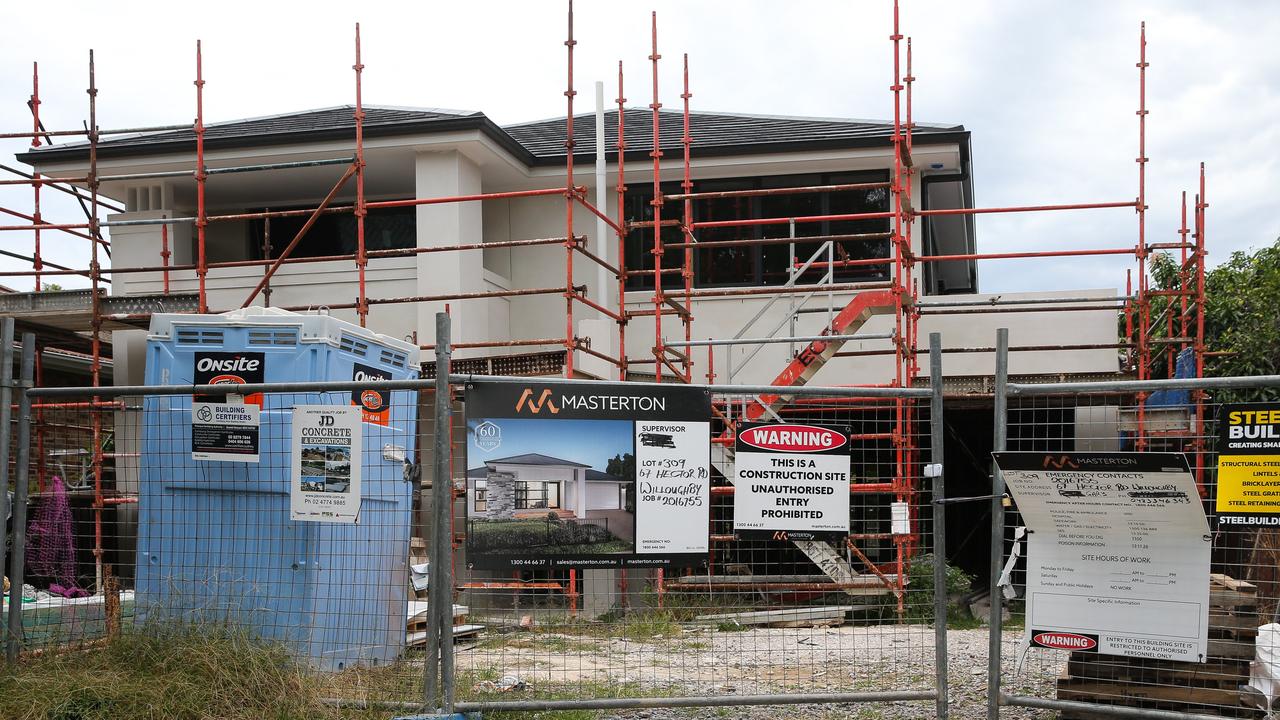Watch on rate rises as building picks up
RISING rates may slow a recovery in the home building sector, which posted a big jump yesterday.

THE long slide in the housing construction industry has come to an end with a big jump in the number of new starts, although the recovery may be slowed by rising interest rates.
The number of new homes started rose 15.1 per cent in the December quarter from the September quarter, the biggest increase in eight years, buoyed by historically low interest rates and the tripling of the first-home owners grant for new houses.
The total of 40,000 new building projects was the highest since the June quarter of 2008, before the global financial crisis took hold, The Australian reported.
The house building industry has been struggling since early 2004, when rising interest rates punctured the house price boom.
The fall was particularly severe in NSW, where the number of new housing starts dropped below 6000 a quarter in the first half of last year, or barely 15 per cent of the national total.
Housing Industry Association chief economist Harley Dale said yesterday the revival in the December quarter was helped by the government's program to build 20,000 public housing units.
However, he said it was not yet clear whether the recovery would be sustained as rates increased and the government's stimulus programs came to an end.
"The stimulus-driven recovery in housing is masking the fact that there are enormous problems with the poor availability of credit having an impact on low-, medium- and high-rise development," Mr Dale said.
There has been inconsistent data on housing recently, with sharp falls in new mortgage approvals, but auction clearance rates at high levels.
Louis Christopher, property director with investment analysts Adviser Edge, said that although auction clearances were high, the total number of listings on the housing market was only about 165,000, down from 200,000 at this time last year.
He said that if mortgage rates rose from their current level of just below 7 per cent to their long-term average of 7.5 per cent, there would be a significant weakening in the market.
Reserve Bank assistant governor Guy Debelle indicated yesterday that the bank was sensitive to this point, saying although rates were likely to rise a bit more, monetary policy was more effective now because household debt was so much higher.
Indexes of economic activity compiled by the Melbourne Institute and Westpac suggest the recovery is on track, with growth running slightly above trend at the moment and expected to gather strength over coming months.



